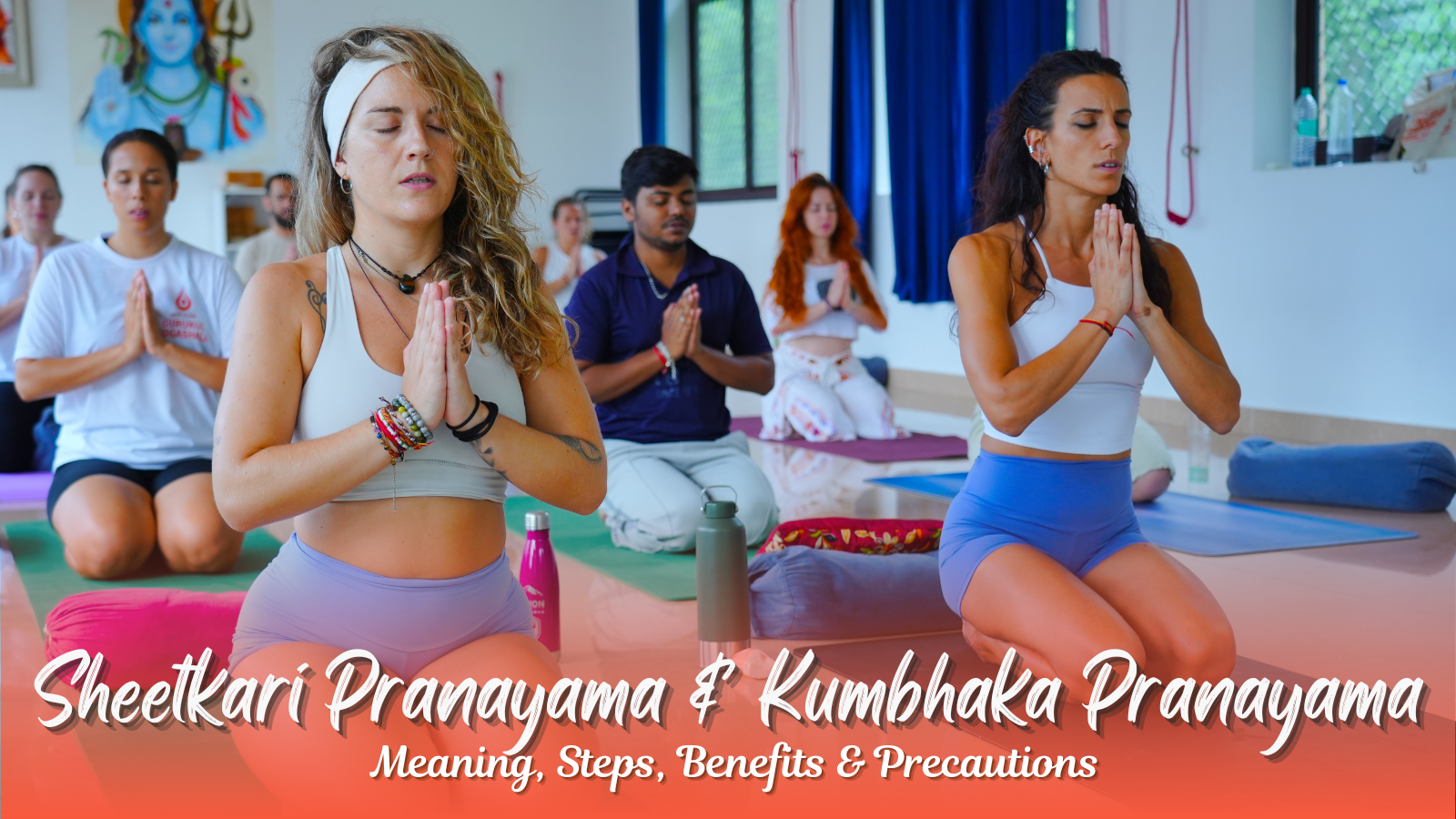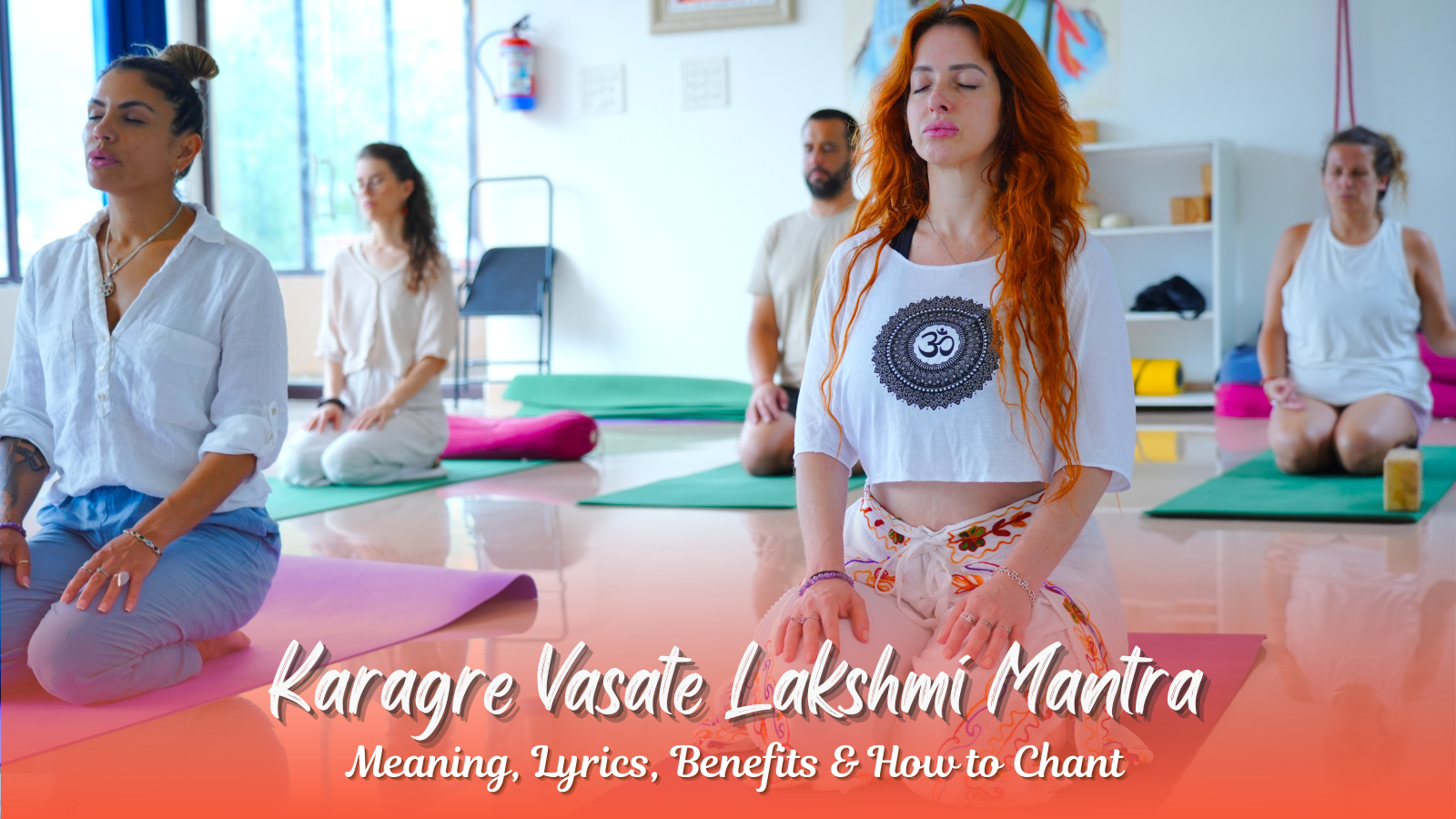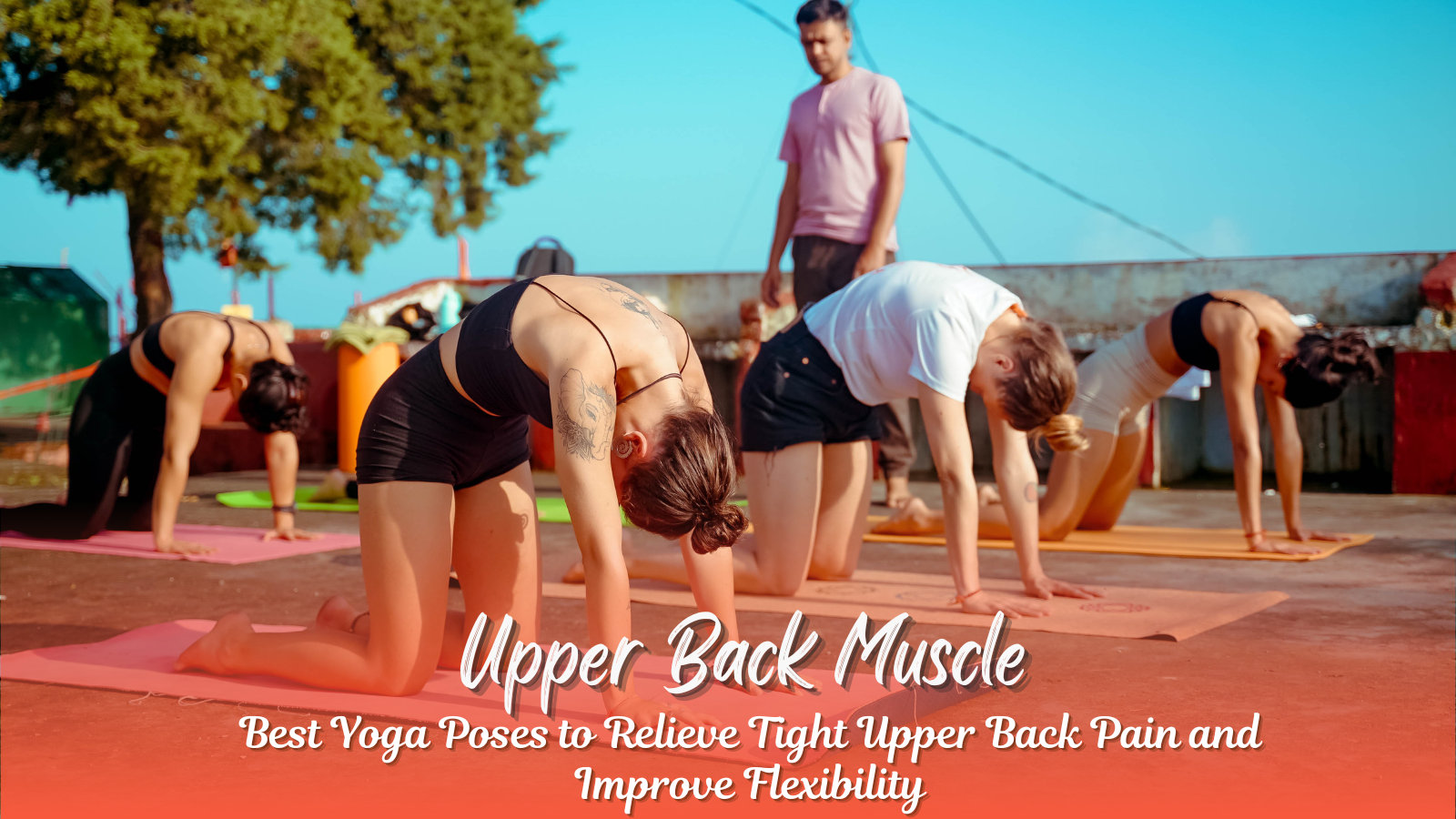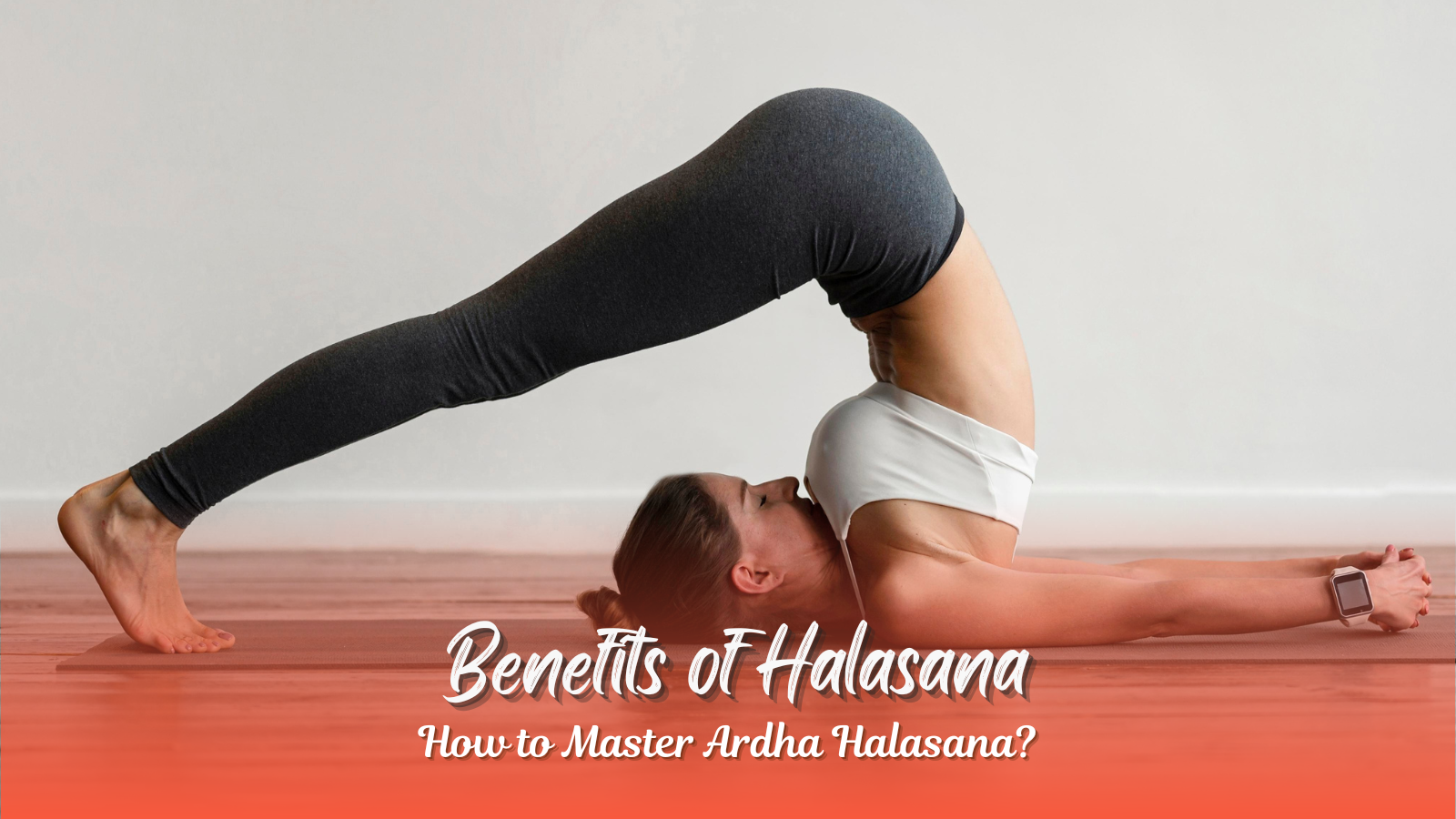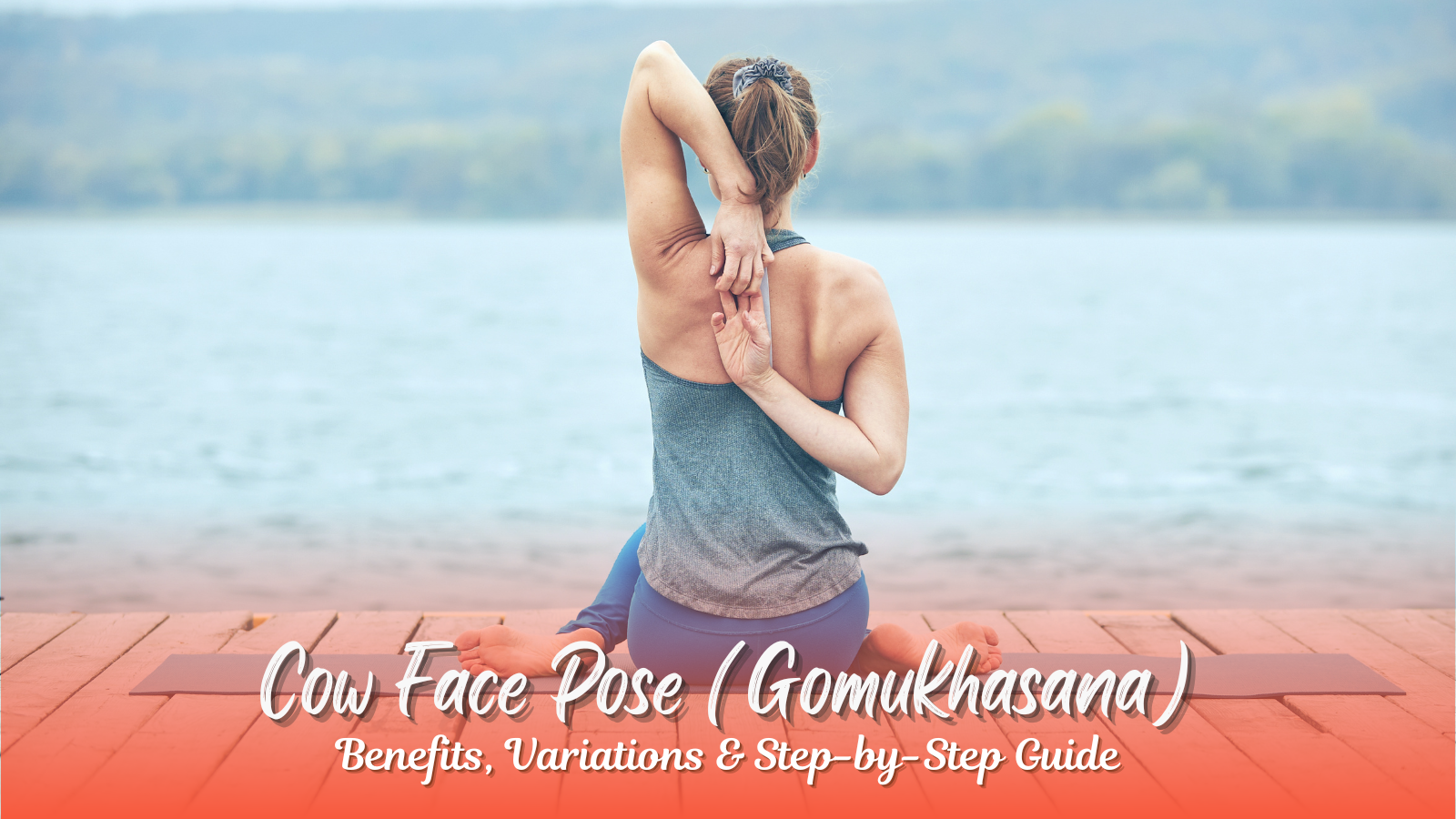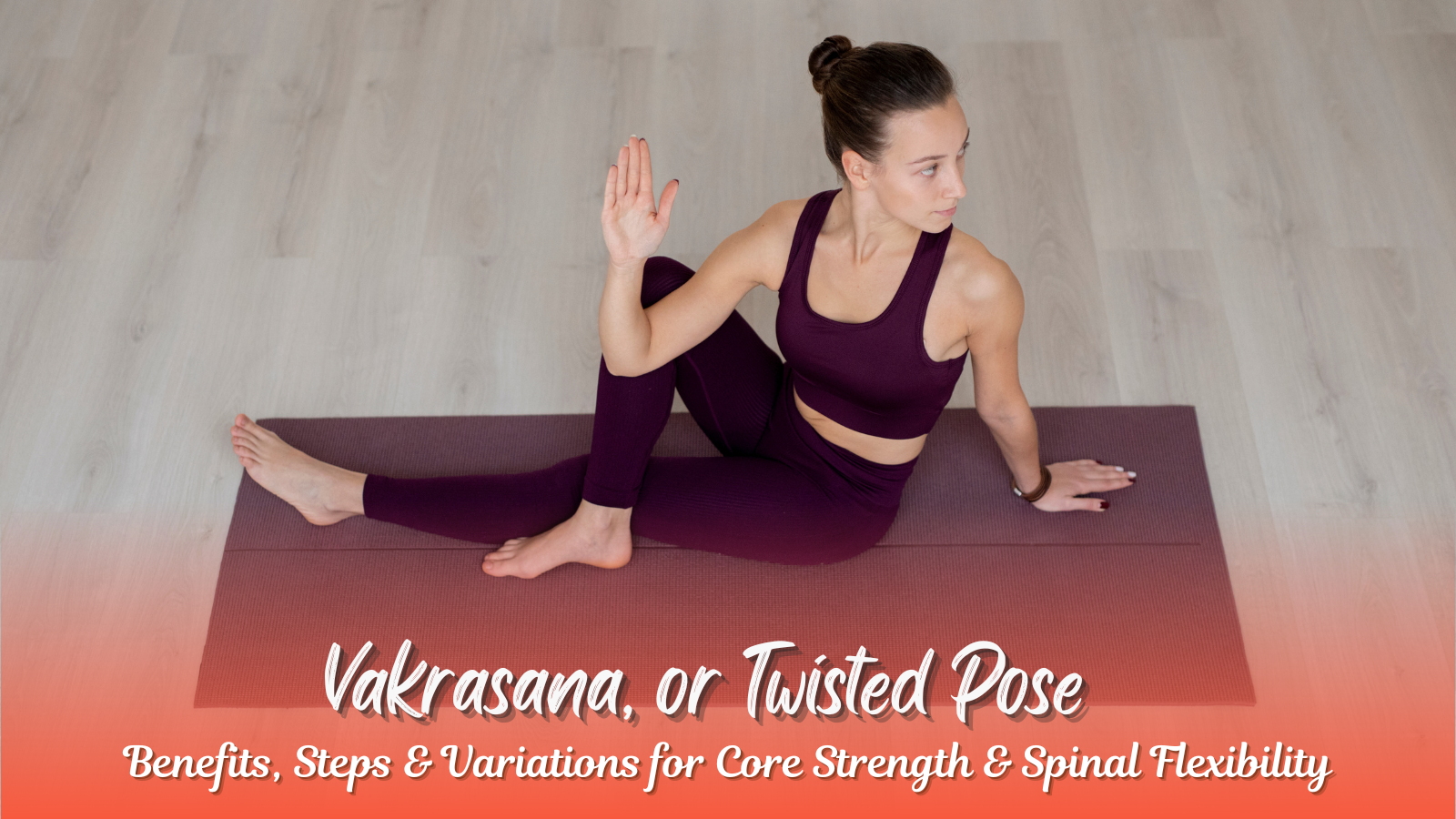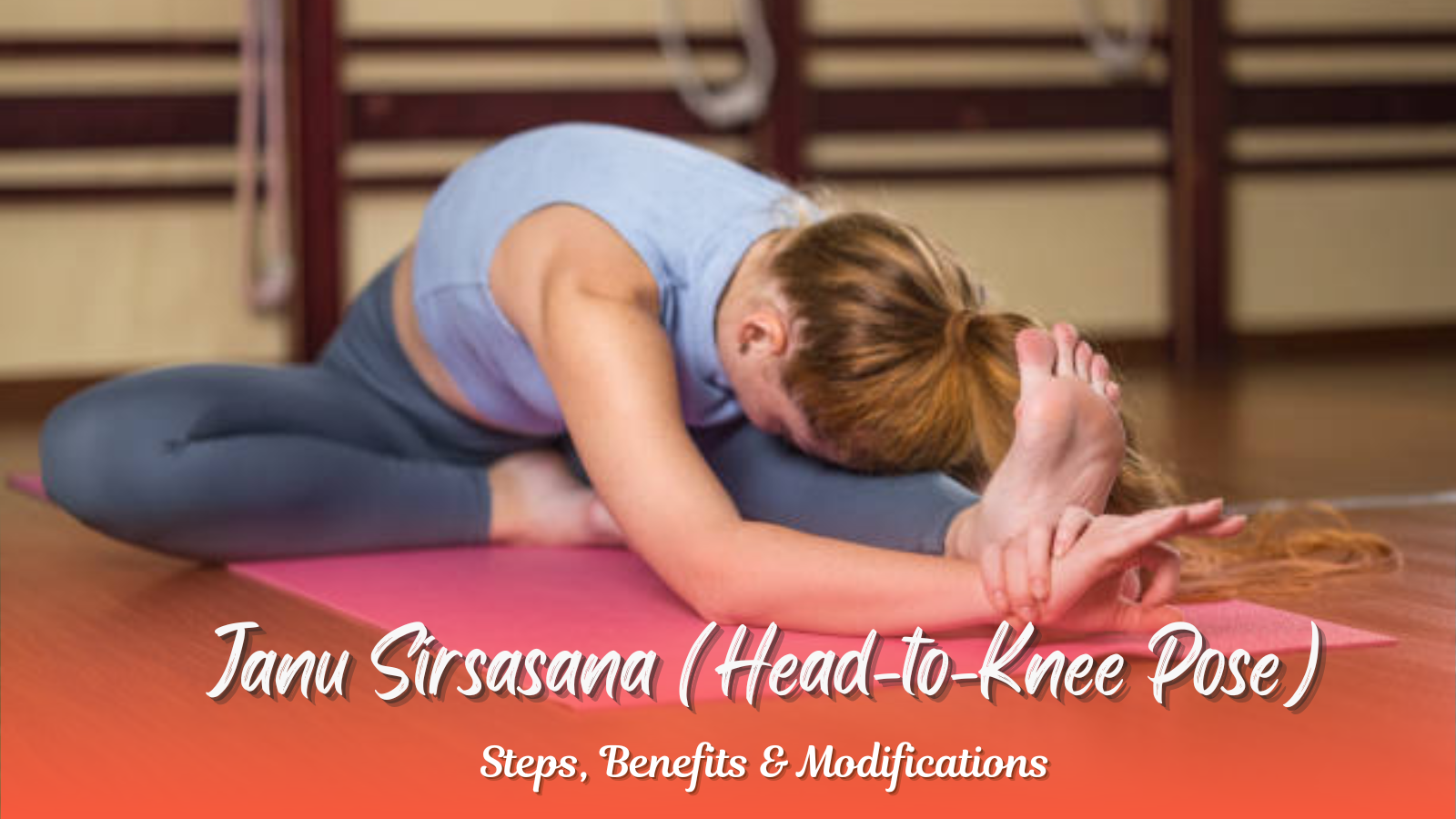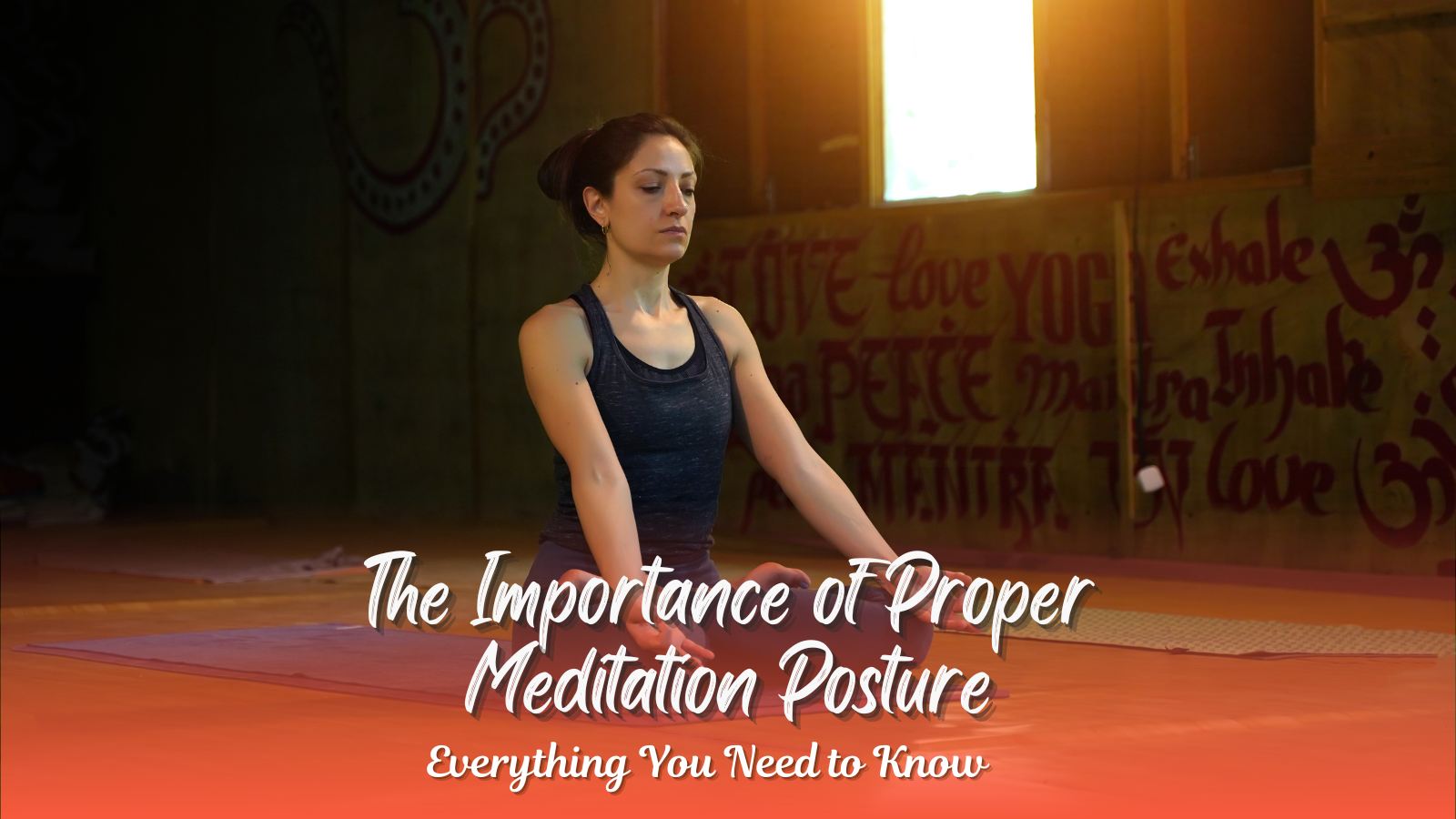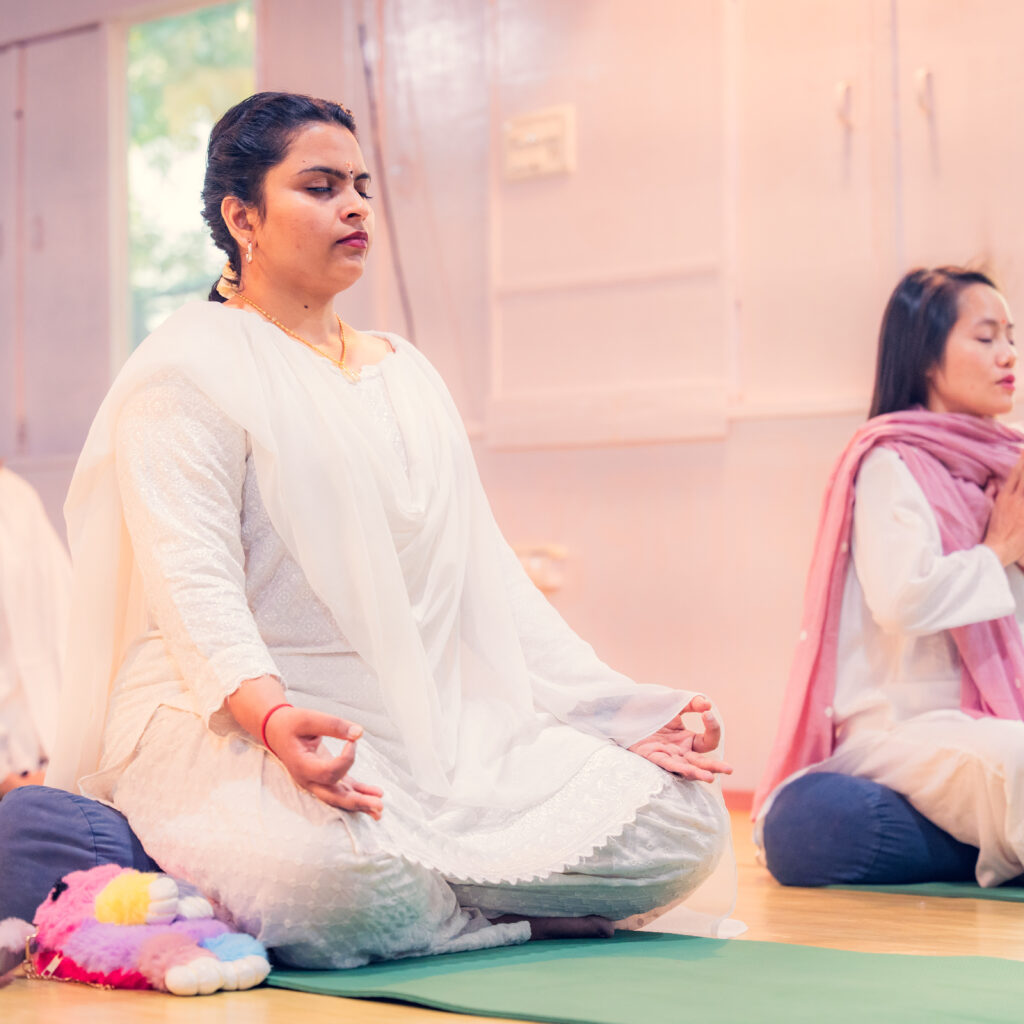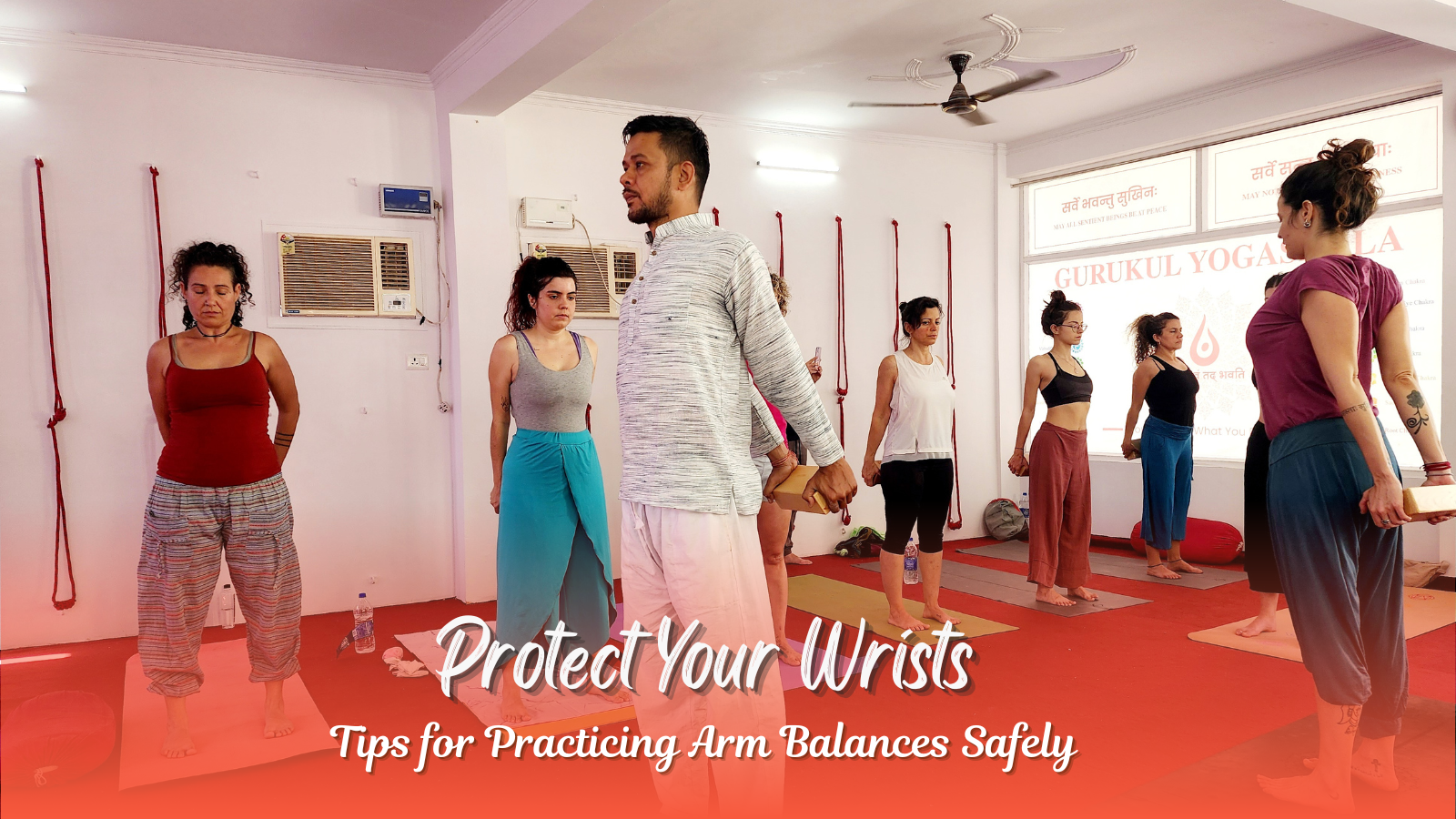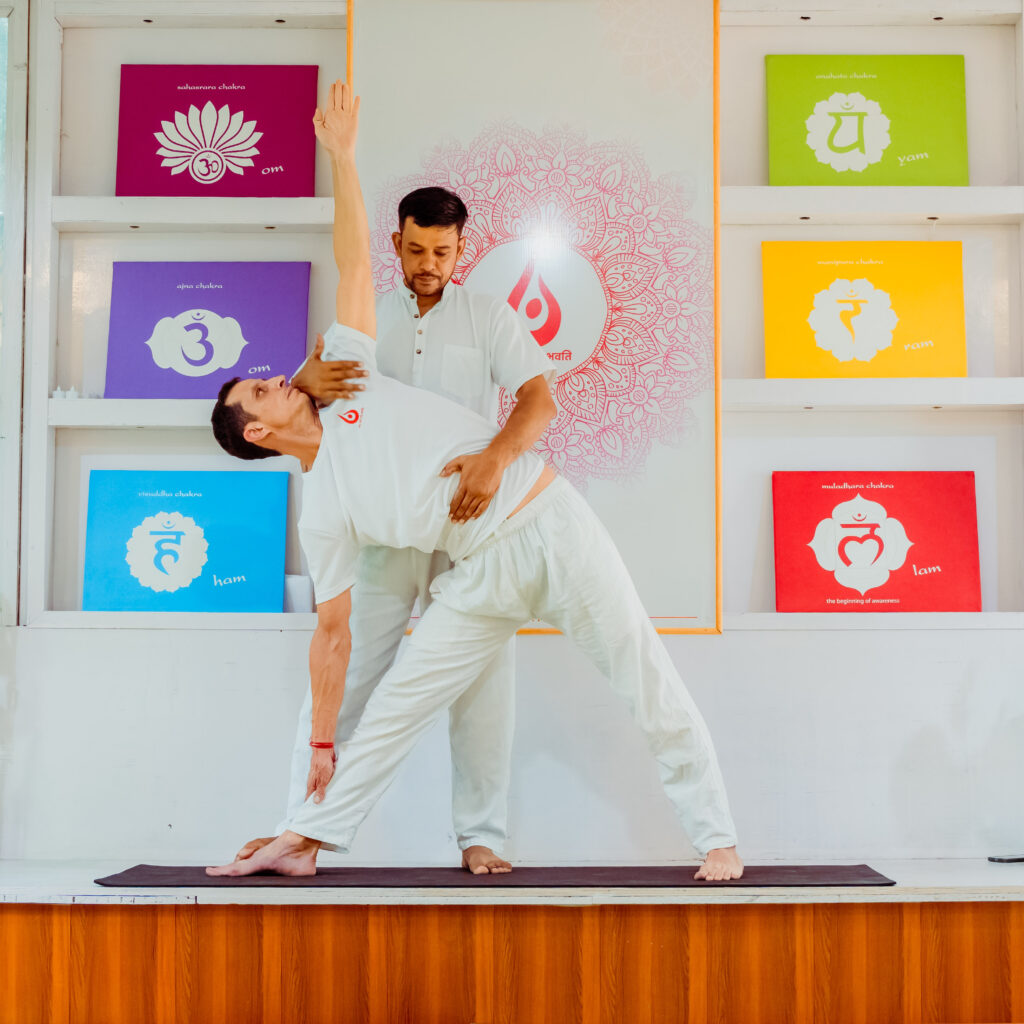Pranayama is an ancient practice that focuses on the breath. Prana and ayama are the two Sanskrit words combined together to make Pranayama. “Prana” is the Sanskrit word that means “life force or life energies“ while “Ayama” means “to control, suspension or extension”. Sheetkari Pranayama (Sitkari) and Kumbhaka Pranayama are two ancient yogic breathing techniques that improve concentration, balance prana (life force), and promote overall health. Practiced in yoga school in Rishikesh and worldwide, these pranayamas are known for their cooling, calming, and energizing effects.
Some commonly practiced type of pranayamas are Anulom Vilom, Bhramari, Bhastrika, Sheetali, Sheetkari, Kapalabhati and Ujjayi. In this guide, we will explore Sheetkari Pranayama steps, Sheetkari Pranayama benefits, Kumbhaka Yoga techniques, Ashta Kumbhaka, and Abhyantara Pranayama, along with practice tips.
What is Sheetkari Pranayama (Sitkari)? – Cooling Breath Technique
“Sheet” is a Sanskrit word means “cool”. Sheetkari also known as Sitkari Pranayama or Shitkari is a yogic breathing technique designed to bring cooling and calmness to the body and mind. It has similar effects as of Shitali Pranayama.
How to Practice Sheetkari Pranayama – Step by Step Guide
- Sit in a comfortable meditation asana, can be sukhasana, padmasana or siddha asana with hands resting on your knees and your spine straight and shoulder relaxed.
- Close your eyes and observe your body as it is. Then take a few deep and calming breaths to relax the whole body.
- Gently clench your teeth together and separate your lips.
- The tongue may be rolled upward into Khechari Mudra, with the sides touching the palate, or left flat in a natural position.
- Inhale slowly and deeply through the gaps in your teeth, producing hissing sound. Feel the cool air entering your body.
- Close your mouth and exhale slowly and completely in a controlled manner through your nose. This makes one round.
- Repeat for 5-10 rounds.
Duration: 5 to 10 rounds is sufficient for beginner. Gradually can increase 10 to 15 or as comfortable.
Time of practice: Best time to practice is early in the morning or after sunset.
Benefits of Sheetkari Pranayama (Sitkari Breath)
If practiced regular Sheetkari or Sitkari Pranayama provides multiple benefits. Few are mentioned below:
- Cools the body and mind and reduces excess heat.
- Reduces stress, anger, emotional agitation, anxiety by calming down the nervous system.
- Improves skin health, giving it natural glow and reduces pimple.
- Helpful for people with high blood pressure and hypertension.
- Pacify Pitta related disorders in Ayurveda such as acidity, inflammation, indigestion, burning eyes etc.
- Improves focus, concentration for meditation practice
Sheetkari Pranayama is especially beneficial for people living in hot climate or those experiencing excess internal heat.
Sheetkari Pranayama Precautions & Who Should Avoid
- Sheetkari should not be practiced during cold weather and polluted atmosphere
- People suffering cold, cough, asthma, any other respiratory problems should not practice this pranayama as it has cooling effect so it will increase kapha(mucus)
- Avoid in case of extremely low BP
- Teeth infection, missing or sensitivity in teeth should avoid this pranayama
- Because it has cooling effect so people suffering from chronic constipation should avoid
What is Kumbhaka Pranayama? – Breath Retention Technique
Kumbhaka means “breath retention”. The word Kumbhaka was derived from Sanskrit word “Kumbha” means “pot”. In yoga, the pot represents our belly. In Kumbhaka the breath is consciously held either after inhalation or exhalation. Kumbhaka is the most important part of any Pranayama. But to master Kumbhaka one must develop step by step control over the respiratory functions. Therefore, at the beginning more importance has been given to inhalation and exhalation to prepare or strengthen the lungs for further practices.
There are two categories of Kumbhaka:
- Antar or Abhyantara Kumbhaka (Internal breath retention)
It involves inhaling deeply and holding the breath inside.
- Bahir or Bahya Kumbhaka (external breath retention)
In this breath is retained after complete exhalation.
Both these forms strengthen lungs capacity, improves focus, and enhance energy.
Note: Breath retention should only be practised for as long as is comfortable. Never strain in any way or it may cause harm to body or mind.
How to practice Antar or Abhyantara Kumbhaka?
- Sit in a comfortable meditation asana, can be sukhasana, padmasana or siddha asana with hands resting on your knees and your spine straight and shoulder relaxed.
- Close your eyes and observe your body as it is. Then take a few deep and calming breaths to relax the whole body.
- Take a deep breath through your nose to the count of five (counting should be done in mind). Then tuck your chin into your chest in jalandhara bandh and hold the breath to the count of five.
- Lift your head and exhale slowly and in controlled manner through nose to the count of ten.
- Exhalation should be double of inhalation as in this example of ratio 1-1-2.
- Take two to three normal breaths before starting the next round.
- Repeat the cycle for 5-10 min for beginners.
How to practice Bahir or Bahya Kumbhaka?
- Sit in a comfortable meditation asana, can be sukhasana, padmasana or siddha asana with hands resting on your knees and your spine straight and shoulder relaxed.
- Close your eyes and observe your body as it is. Then take a few deep and calming breaths to relax the whole body.
- Take a deep breath through your nose to the count of five (counting should be done in mind).
- Exhale slowly and in controlled manner through nose to the count of ten. Then tuck your chin into your chest in jalandhara bandh and hold the breath to the count of five.
- Exhalation should be double of inhalation as in this example of ratio 1-1-2.
- Take two to three normal breaths before starting the next round.
- Repeat the cycle for 5-10 min for beginners.
Tips for practicing Kumbhaka Pranayama:
- Don’t hold your breath by force, don’t go beyond your capacity.
- Don’t practice Antara Kumbhaka before mastering puraka (inhale) and rechaka (exhale).
- Don’t practice Bahya Kumbhaka before mastering Antara Kumbhaka.
- Always practice sitting or laying down, never standing.
- Practice this pranayama on an empty stomach .
There are eight sub-types of Kumbhaka known as Ashta Kumbhaka described in Hatha Yoga Pradipika:
- Sahita Kumbhaka
- Surya Bhedana
- Ujjayi
- Bhastrika
- Sheetkari
- Sheetali
- Bhramari
- Plavini
Benefits of Kumbhaka Pranayama for Mind & Body
Practicing Kumbhaka regularly can benefit both body and mind such as:
- Expands lung capacity and strengthens the respiratory system
- Increases oxygen absorption and energies cells
- Improves concentration and meditation
- Helps control cravings and stabilises emotions
- Supports detoxification and better circulation
Kumbhaka Pranayama Contraindications & Safety Tips
Kumbhaka Pranayama should not be practiced by people suffering from underlying conditions:
- Lung disease and respiratory conditions
- Nasal congestion, sinus, ENT infection
- Serious heart related problems, hypertension and extremely high or low blood pressure
- In case of clinical anxiety
- Pregnancy
These are the main precautions, but others may apply. If you have any health concerns, consult a doctor or a qualified yoga teacher before practicing either form of Kumbhaka Pranayama.
FAQs on Sheetkari & Kumbhaka Pranayama
- In which disease is Sheetkari Pranayama beneficial?
It is helpful in hypertension, hyperacidity, stress-related disorders, skin disease and excessive body heat.
- How to perform Sitkari Pranayama?
Close your teeth lightly, open your lips, inhale through the teeth making a hissing sound, and exhale through the nose. This is the Sitkari Pranayama steps method.
- What are the 7 types of pranayama?
Commonly practiced are Anulom Vilom, Bhastrika, Kapalabhati, Bhramari, Ujjayi, Sheetali, and Sitkari Pranayama.
- Who cannot do Sheetkari Pranayama?
People with asthma, cold, cough, sinusitis, or low blood pressure should avoid Shitkari Pranayama.
Final Thoughts – Practicing Pranayama with Yoga in Rishikesh
In today’s fast-paced lifestyle, stress, anxiety, hypertension, and digestive issues are common. By practicing Sheetkari Pranayama (for cooling and relaxation) and Kumbhaka Pranayama (for inner strength and focus), one can restore balance.
For those seeking a deeper yogic journey, enrolling in the Best Yoga School in Rishikesh for a Yoga Teacher Training in India is a transformative step. Rishikesh, the birthplace of yoga, offers authentic guidance on pranayama, meditation, and philosophy.
If you want to deepen your pranayama practice, join our 200 Hour Yoga Teacher Training in Rishikesh at Gurukul Yogashala – the best yoga school in India for authentic learning.


